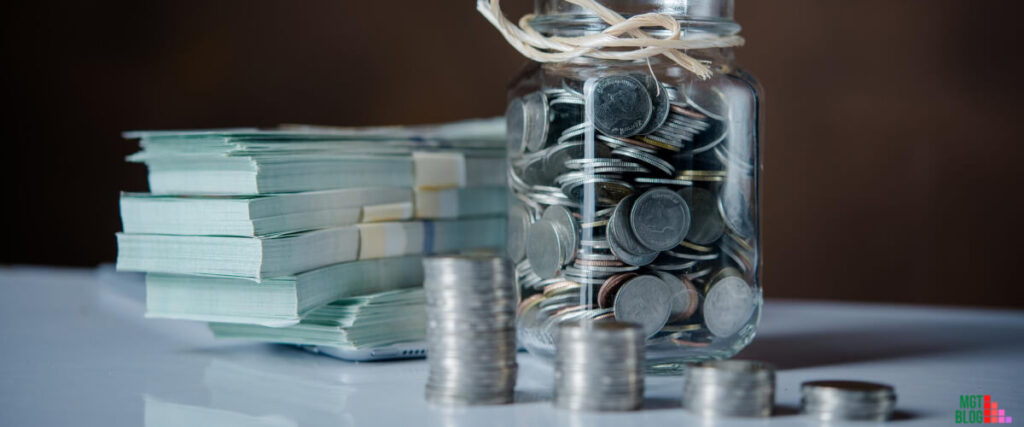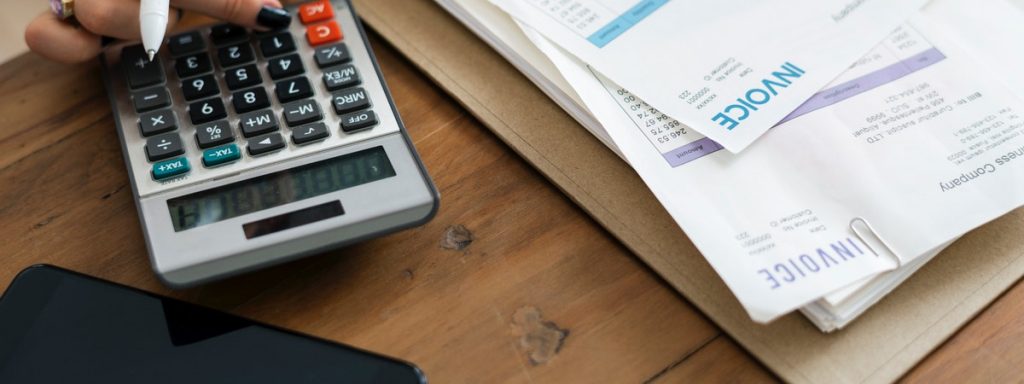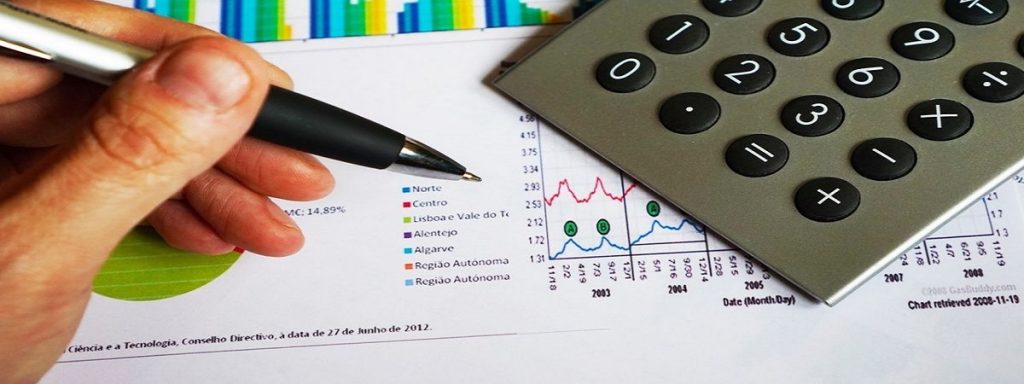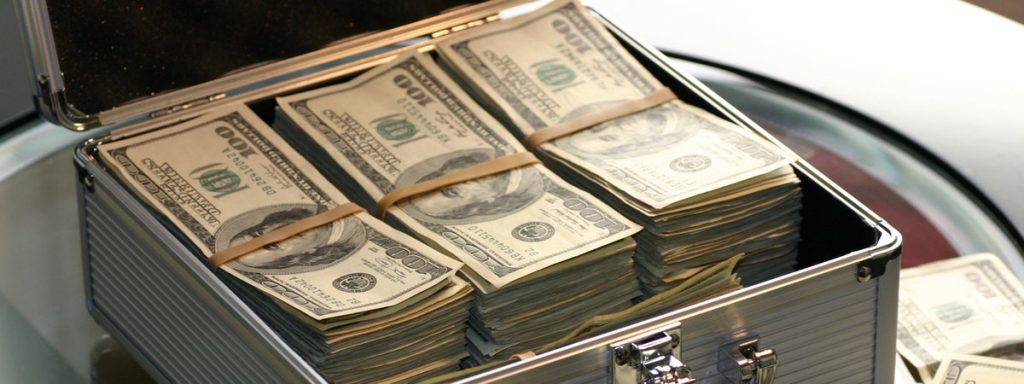A loan is a valued potential until you have used or spent the loan amount. So, in a way, a loan can be an asset. Moreover, a loan may or may not be a current asset depending on a few conditions. An asset will be considered a current asset if the asset provides an economic value for or within one year. When people apply for a loan, they receive cash which is a current asset. However, the loan amount is also added as a liability on the balance sheet.
Definition Of Current Asset

Current assets include all the assets that are expected to be turned into cash conveniently and quickly. Usually, the current asset appeared on a company’s balance sheet. The balance sheet of a company is one of the most important financial statements that must be completed each year. The current asset includes cash, cash equivalents, accounts receivable, stock inventory, marketable securities, pre-paid liabilities, and other liquid assets. For loans, if a party issues a loan that will be repaid within one year, then that loan will be considered as a current asset. However, if the issued loan will be repaid after one year, then the loan won’t be considered a current asset. Here is the equation for current assets is the follows:
Current Assets = C + CE + I + AR + MS + PE + OLA
Where:
1. C = Cash
2. CE = Cash Equivalents
3. I = Inventory
4. AR = Accounts Receivable
5. MS = Marketable Securities
6. PE = Prepaid Expenses
7. OLA = Other Liquid Assets
Examples Of Current Assets
Some common types of current assets are –
1. Cash and Cash Equivalents
2. Short-Term Investments and Marketable Securities
3. Prepaid Expenses
4. Accounts Receivable
5. Inventory
1. Cash And Cash Equivalents
Cash and cash equivalents are the most common type of current asset and they are also the most liquid of assets. It means Cash and cash equivalents can be converted into hard currency quite easily. Though cash doesn’t require any type of conversion and it is spendable after withdrawing from the bank or other place where it is held. On the other hand, cash equivalents are any type of liquid securities that are not in the form of cash currently but will become cash within one year.
2. Short-Term Investments And Marketable Securities
Short-Term investments and marketable securities are similar to cash equivalents. These are investments in securities and they will provide a cash return within one year. People can buy and sell these types of securities in public stock and bonds markets. For bonds, they must have a maturity of less than a year to qualify as a current asset. And for the marketable equity, they will qualify as a current asset if it will be sold or traded within a year.
3. Prepaid Expenses
Prepaid expenses are a type of fund that people spent preemptively on goods or services that they will receive in the future. This type of asset is not liquid because they don’t earn company money. But Prepaid expenses are listed as a company’s current assets because they free up capital that will be used later. For example, insurance company payments, or contractors’ payments are prepaid expenses that will be counted towards current assets.
4. Accounts Receivable
This is a type of fund that a company is owned by customers that have received a good or service but the amount is not paid. If this type of funds is expected to be received within a year, then they will be considered as a current asset. This type of funds is incurred when buyers pay a company for its products or services with credit. For example, if you buy something with your credit card then the transaction will be added to the accounts receivable of the company.
5. Inventory
An inventory will be considered as a current asset if that is expected to sell within a year of the production date. Usually, inventory is the least liquid of all current assets because it takes time to sell the inventory and convert it into cash. Moreover, there are many inventories available that you can’t sell within a single year like heavy machinery, specialized machinery, etc. So, this type of inventory won’t consider a current asset.
Is Loan Liability Or Asset?
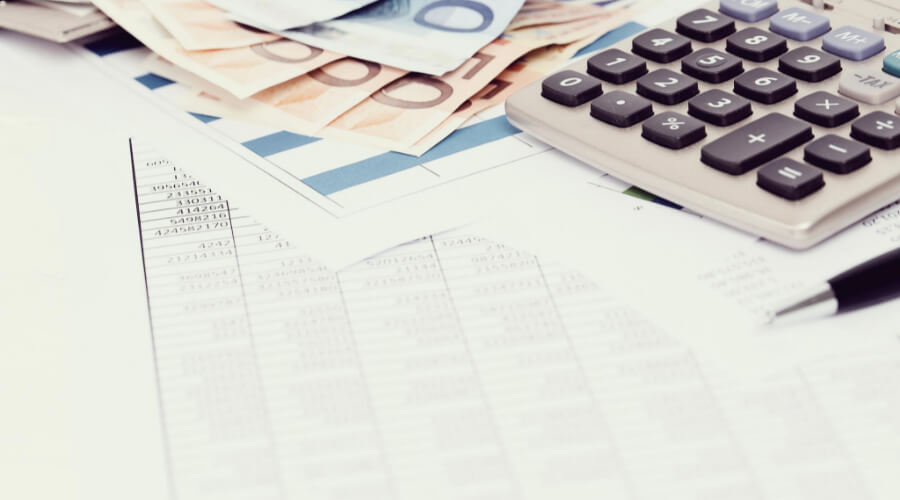
Liability refers to a financial obligation that you’re responsible for; on the other hand, asset refers to an item of value that you own. So, according to the definition of liability, a loan is a financial obligation for a borrower. For example, a bank might lend you money to buy a home or car which is a kind of debt. When you sign the agreement, you accept the liability for the debt and its repayment. Here the bank or lender expects you to repay that loan in time with interest. So, a loan is a liability for the borrower, co-borrowers, or co-signers (if applicable).
On the other hand, a loan is an asset for the lender. Here the payments of loans are a form of accounts receivable that the lender expects to receive payment on. These receivable amounts are secured by assets to which the lender has access until the loan is repaid. Here, the bank or lender extends a principal amount to you but charges an interest rate for the total amount. Moreover, the lender can make money by selling the entire loan to another company.
FAQs About Is A Loan An Asset? Can I Consider Loan A Current Asset?
What happens on a balance sheet when a loan is taken out?
When a loan is taken out, the amount is a current asset for the borrower. However, the loan amount is also added as a liability on the balance sheet.
When would a loan be considered a current asset?
A loan will be considered as a current asset if the loan amount will be paid within one year.
What Are Noncurrent Assets?
Noncurrent assets are assets that have a life of longer than one year. Some common examples of noncurrent assets are property, plants, and equipment (PP&E), intangible assets, long-term investments, etc.
Are bank loan assets or liabilities?
For a bank, the loan is an asset because here, the bank earns interest income from loans.
Is a long-term loan an asset?
A long-term loan is an asset for the lender but it won’t count as a current asset if the loan repayment time is more than one year.
What is considered an asset for a loan?
Assets are items that have a monetary value. But for a loan, all monetary value items aren’t considered as an asset. For example, cash, cash equivalents are assets but they won’t consider as an asset for a loan. Some common assets for a loan are properties, homes, cars, boats, RVs, jewelry, artwork, etc.
Is credit card debt an asset?
No, credit card debts aren’t assets because they do not increase your net worth. Basically, credit card debts are liabilities for credit card users.
Where does a loan go on a balance sheet?
If a company borrows money from a bank, then the loan amount is recorded with a debit to Cash and a credit to a liability account. Finally, the amount is reported on the company’s balance sheet.
References:
1. https://www.lawinsider.com/dictionary/loan-assets
2. https://www.bajajfinserv.in/what-is-loan-against-asset
Last Updated on February 9, 2022 by

Magalie D. is a Diploma holder in Public Administration & Management from McGill University of Canada. She shares management tips here in MGTBlog when she has nothing to do and gets some free time after working in a multinational company at Toronto.

